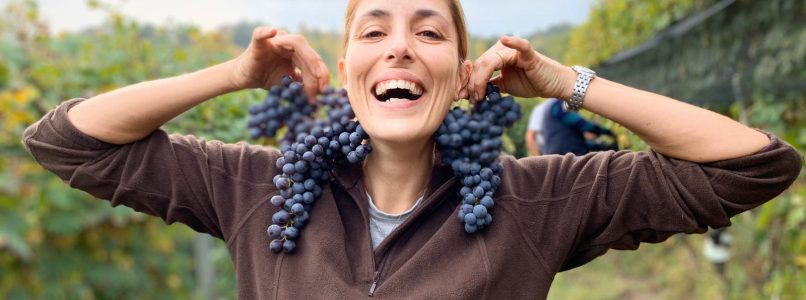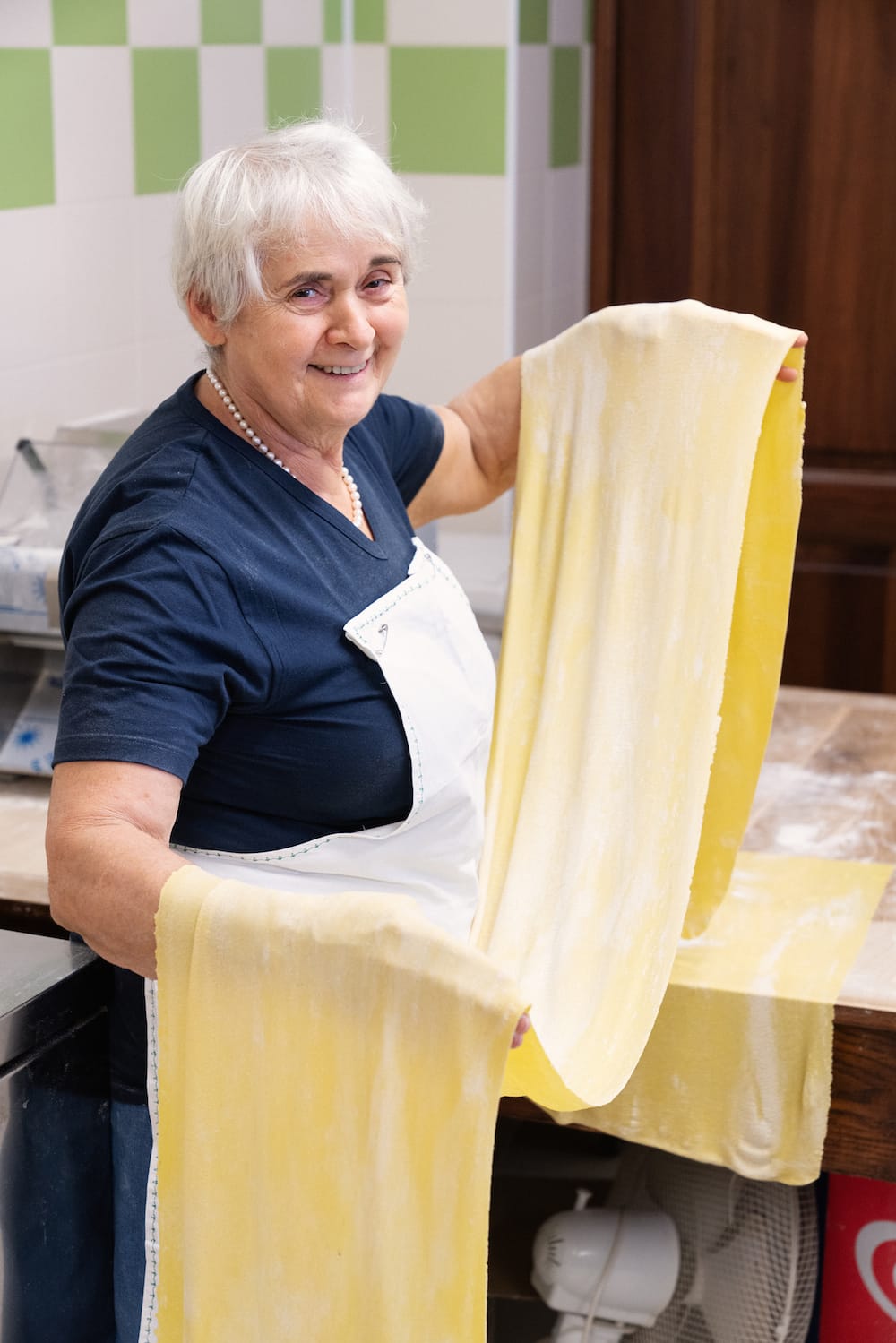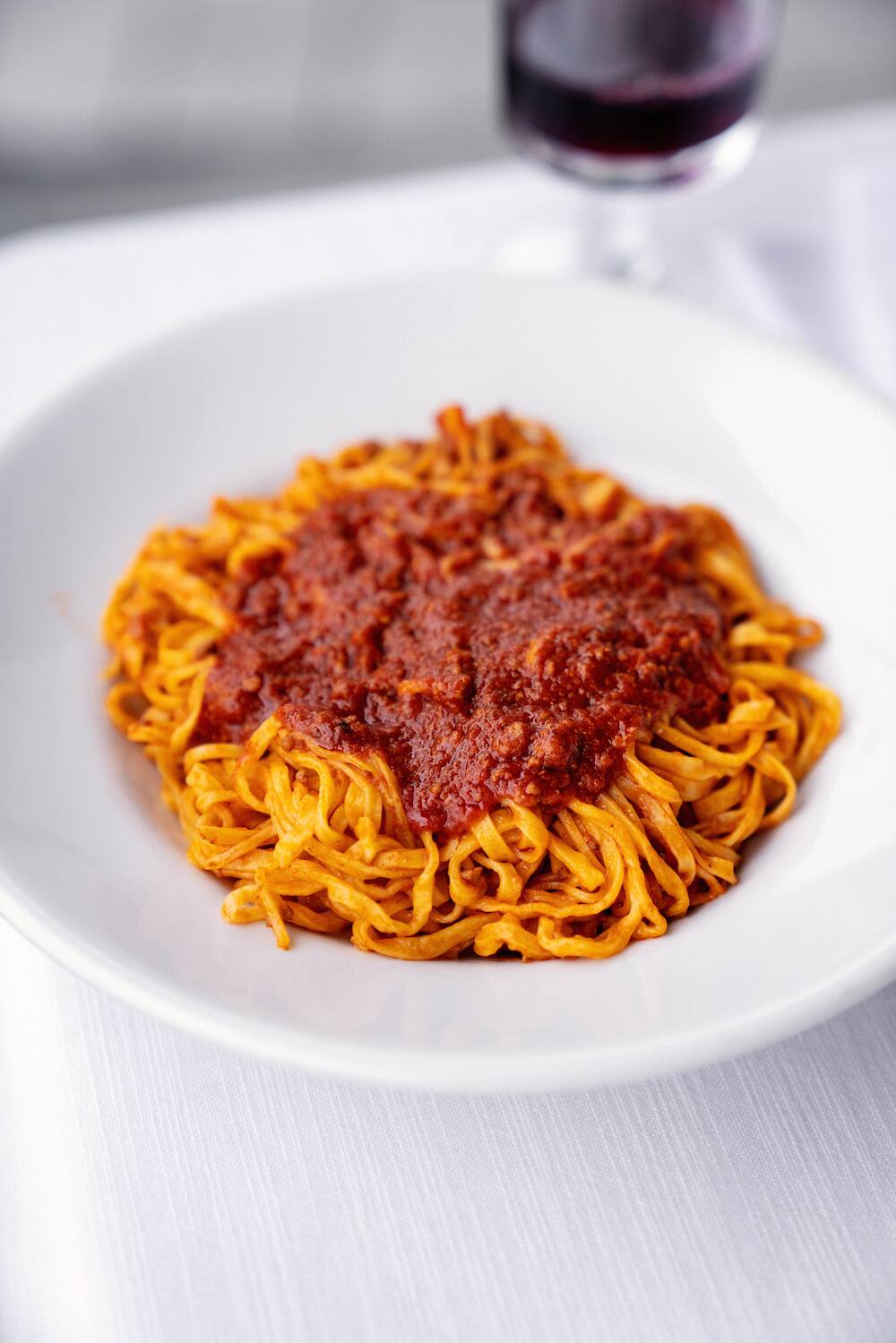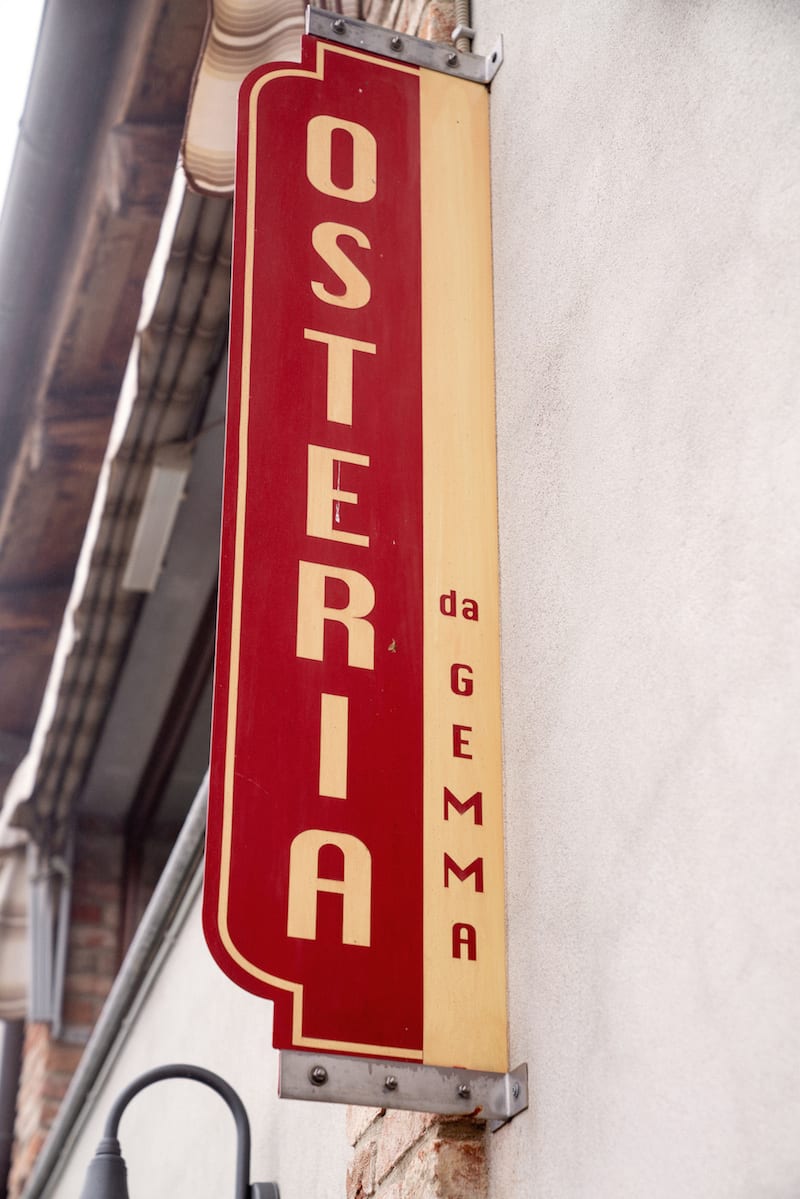For lovers of good wine, an opportunity not to be missed: the adoption of a row in the Langa
A beautiful initiative comes from Monforte d'Alba, by the winemaker Sara Vezza of the cellar Josetta Saffirio: the agreement to adopt a row in the Barolo Langa.
In recent years, more and more people have approached country life: to disconnect from city stress, to immerse themselves in nature, to make people understand what it means to respect the environment, flora and fauna, children, educate them to be responsible adults.
Sara Vezza raised the bar slightly, a real invitation to experience firsthand the experience of growing, growing and harvesting and producing your own wine, becoming true winemakers and in the end receiving the fruit of work, receiving the bottles of wine from the your row.
"The project Adopt a row of Josetta Saffirio it also has objectives , recalls the young Barolist. "The safeguarding of the wine-growing landscape declared a World Heritage Site by UNESCO and ensuring the survival of small producers, for centuries the custodians of these hills. The idea is also to create tourist and cultural itineraries in Monforte d'Alba. Barolo is not just economy: it is culture .
The Adoption agreement for a row in Monforte d'Alba it can also be an original gift idea and includes: name and surname of the adopter on the top of the adopted row, the possibility of donating the row to third parties, six bottles of Barolo Docg produced from the adopted row, plus six mixed bottles chosen to discretion by the company, certificate of adoption, with name of the adopter, visit of the cellar at any time of the year (by appointment) with free tasting of all wines (accompanied by a selection of typical products). In addition, constant updates will be sent on the processing phases, from the harvest to the bottling.
To join the initiative: download the form from the website www.adottaunfilare.it, fill it in and send it by email to info@josettasaffirio.com. You can also adopt multiple rows.
Costs
The quota for the adoption of a row is € 400 and corresponds to a portion of 15 linear meters of row. For the second year of adoption and subsequent ones, the cost is € 350.
The Persiera Vineyard
The persiera is a special vineyard, for its terroir, for the microclimate, for the soil, for the workmanship and attention in the cellar that enhances the characteristics of the vineyard. A long-lived wine with a great personality. Adoption of La vigna Persiera: cost € 500 for 12 months, renewable the following year. The labels can be personalized with a special name or phrase chosen by hand. With the adoption, two Magnum bottles will be delivered in single wooden boxes + two 0.75 bottles of Barolo Persiera.
More information on the different proposals on the Adopt a row site.


 Here the monument is L'Tavern by Gemma, keeper of the most genuine Langa cuisine, and the work of art is his pasta, made by hand. In the laboratory there are large wooden tables juxtaposed to be able to roll out a thin and very long
Here the monument is L'Tavern by Gemma, keeper of the most genuine Langa cuisine, and the work of art is his pasta, made by hand. In the laboratory there are large wooden tables juxtaposed to be able to roll out a thin and very long  The work goes on with the preparation of the tajarin, the thin threads of sun eggs and flour, which are his special masterpiece and who move in groups of gourmets towards this previously unknown village. And that Gemma seasoned with Piedmontese simplicity: butter and sage or meat and
The work goes on with the preparation of the tajarin, the thin threads of sun eggs and flour, which are his special masterpiece and who move in groups of gourmets towards this previously unknown village. And that Gemma seasoned with Piedmontese simplicity: butter and sage or meat and  "Men have them cut," says Gemma with an eloquent smile. All follow the same technique, collecting the filling from a
"Men have them cut," says Gemma with an eloquent smile. All follow the same technique, collecting the filling from a